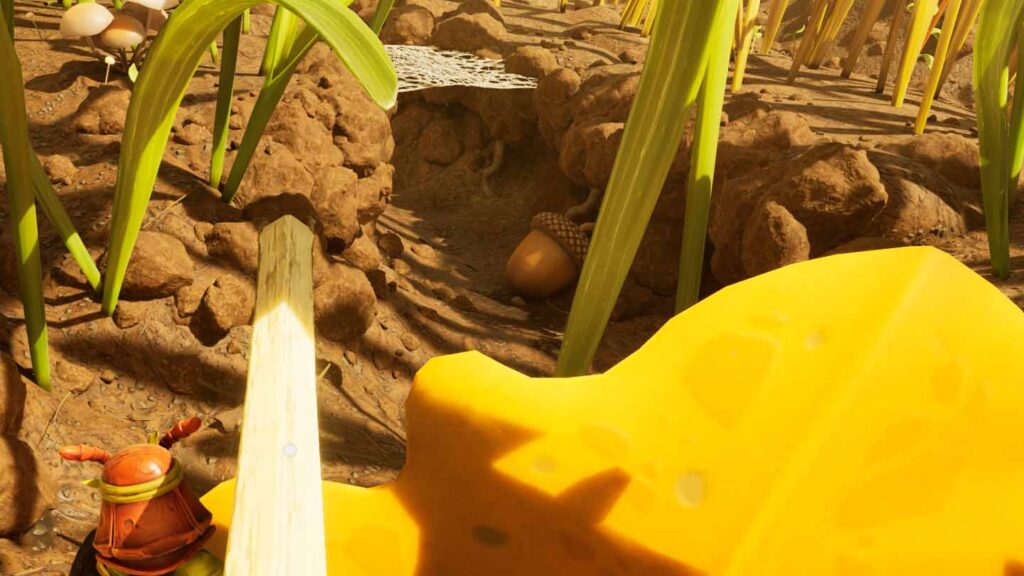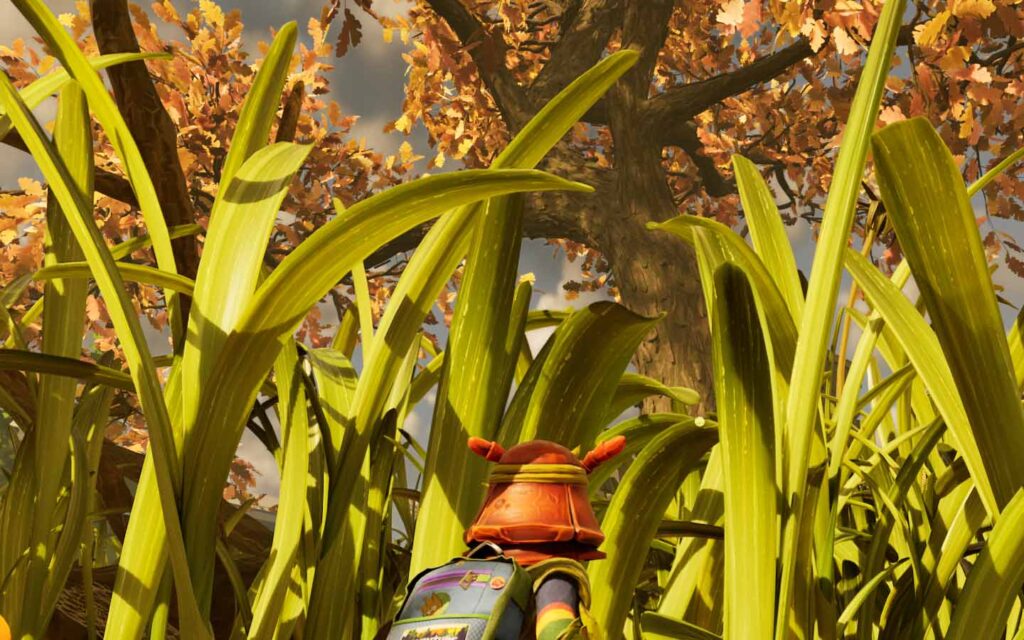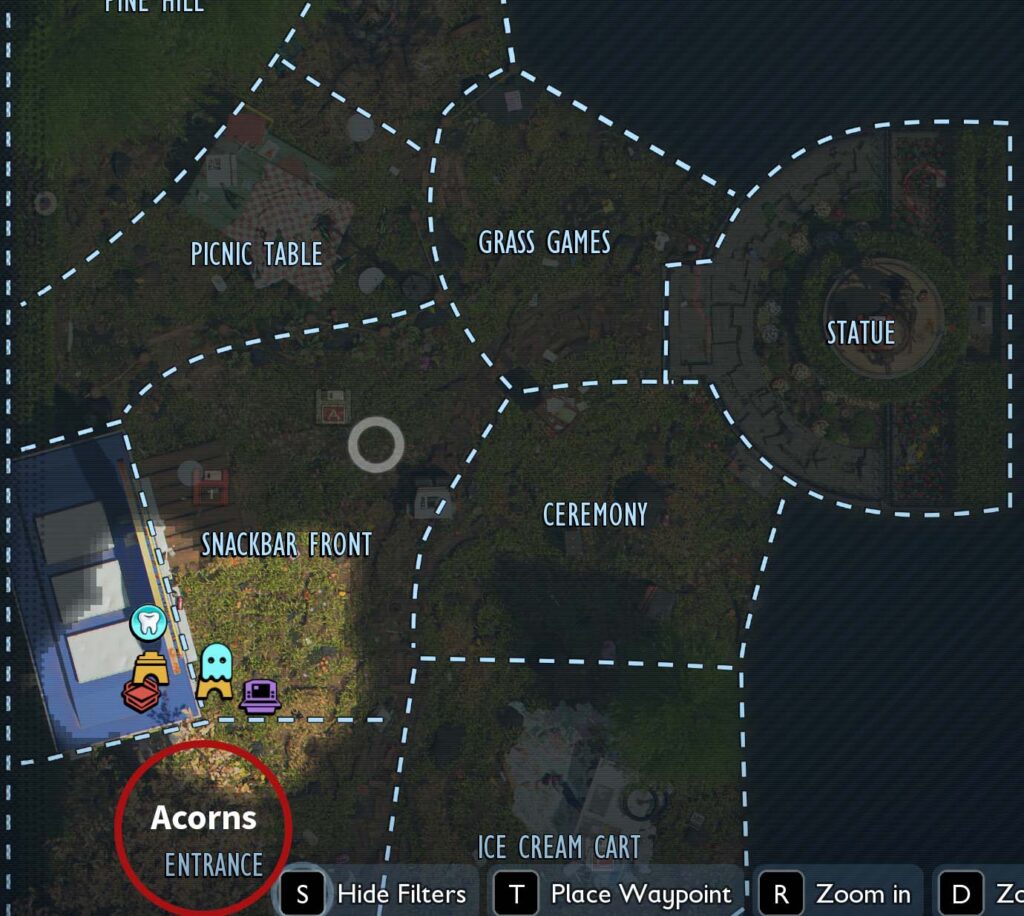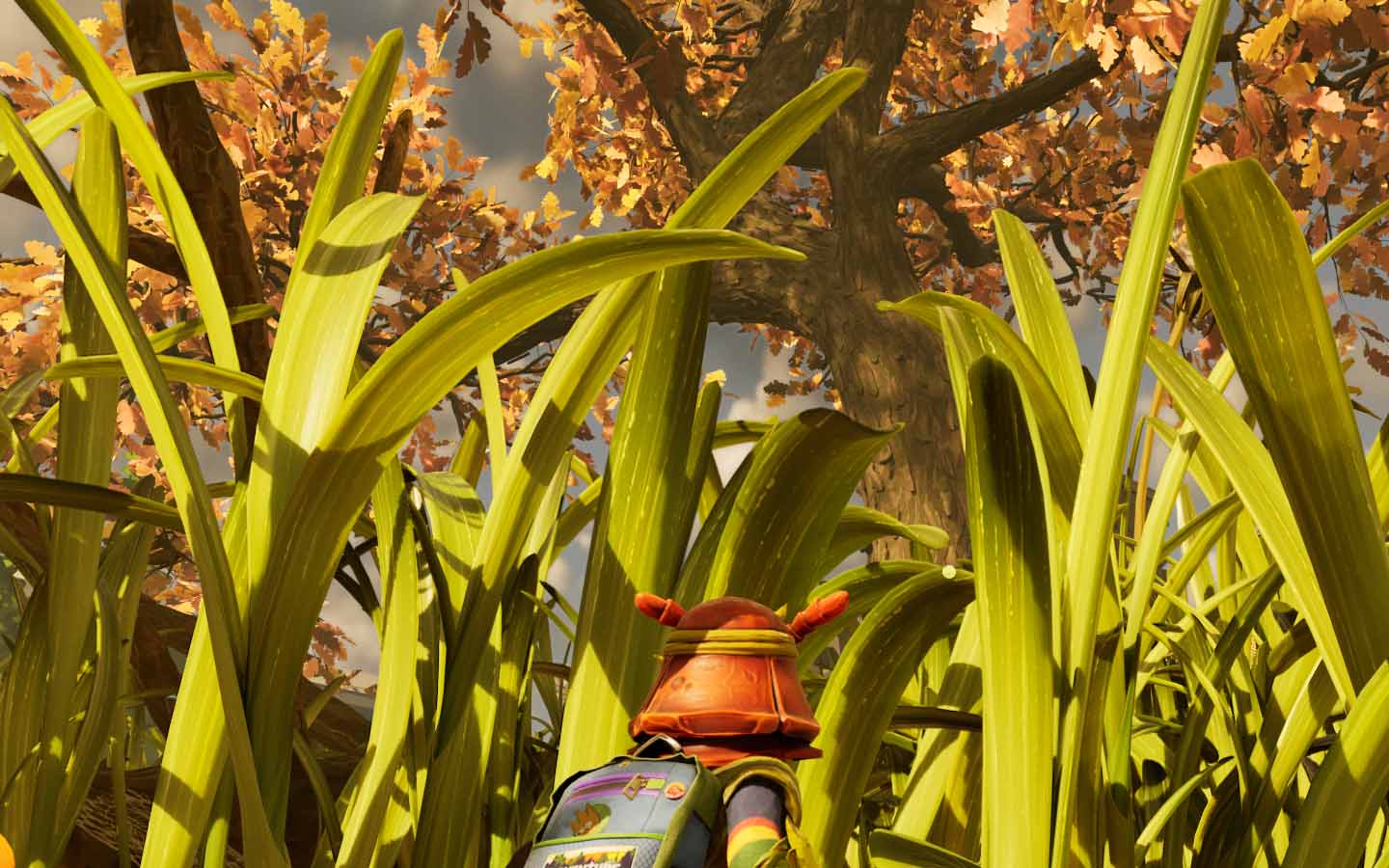Acorns are one of the earliest and most essential resources you’ll need in Grounded 2, especially if you’re looking to craft some fighter based armor, storage containers, or structural components for your base. Whether you’re a new player or just setting up a new camp in Brookhollow Park, knowing where to find Acorns will give you a strong head start.

Why You Need Acorns
Acorns aren’t just for decoration—they’re used in a variety of key recipes early on, including:
- Acorn Armor, which provides solid defense and more hitpoints
- Storage chests, allowing you to organize your growing inventory
- Building parts and workbench upgrades
They also drop multiple useful components when harvested, including Acorn Shells, Acorn Tops, and are pretty accessible near the beginning area.
Where to Find Them
To gather Acorns, head to the southwest side of the map, where the large oak tree dominates the skyline. You can’t miss it, it’s one of the tallest landmarks in Brookhollow Community Park, with thick roots and fallen leaves surrounding its base.
Look around the base of the oak tree, especially near its roots and the shaded leaf litter. Acorns are often half-buried in the dirt and will appear as large brown nuts with textured caps. Use your hammer to crack them open and collect the materials.
Some Acorns may also respawn in set locations over time, so it’s worth marking the area on your map for future harvesting runs.



Watch Out for Hostile Creatures
While the oak tree area is rich in resources, it’s also home to dangerous creatures:
- Orb Weaver Spiders and even Wolf Spiders often patrol near the roots or rest beneath shaded areas during the day.
- Scorpions, a newer threat in Grounded 2, have been spotted lurking near the oak’s base or hiding in the shadows under leaves and rocks.
If you’re coming here early in the game, approach with caution:
- Bring a torch or lantern for better visibility.
- Stay mobile and avoid lingering near spider dens.
- Build a lean-to nearby in case you need to respawn.
Tips for Safe Gathering
- Use the tall grass and roots as cover to avoid detection.
- Harvest quickly, especially if you see movement nearby.
- Scout the area during daylight when some predators are less active.
